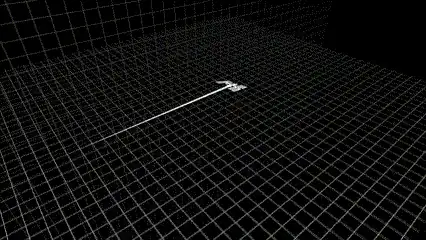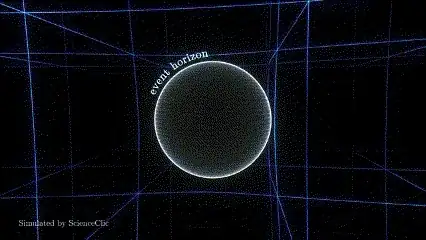I understand that gravity is not a force, but instead that mass/energy curves space around them and hence, a object near some considerable mass, though always is travelling in a straight line in it's frame, it is actually following a curved trajectory because of the induced curvature (when vied from some external reference frame).
I've come across different visualizations of curved space, and I'm trying to intuitively grasp what they represent:
- Straight up curved, circular lines around a central mass.
This makes sense to me as a simplified $2 \text D$ representation, but I'm unsure how this extends into a fully $3 \text D$ visualization of spacetime curvature.
- The second style shows a curved grid around a massive object, giving a more direct sense of the spacetime fabric being distorted.
While this helps convey the idea of "space being curved," I find it misleading in some ways. It shows trajectories where objects fall into the central mass but doesn’t account for stable orbits, and others where the object passes on by deflected from its original path.
Are there more effective ways — visual, conceptual, or otherwise — to develop an intuitive understanding of curved spacetime that:
- Explain why free-falling objects are actually following curved paths
- Account for both infall and stable orbital trajectories
- Better represent the 4D nature of spacetime curvature?
Any recommendations for improved models, simulations, analogies, or visualizations would be very welcome.
This question came to me when I myself was trying to simulate curved spacetime. I came up with the following, though I am not really sure about what I've made.
I went with the second style (though I didn't add the flow), which shows similar curvature as the object moves around in $2 \text D$.


